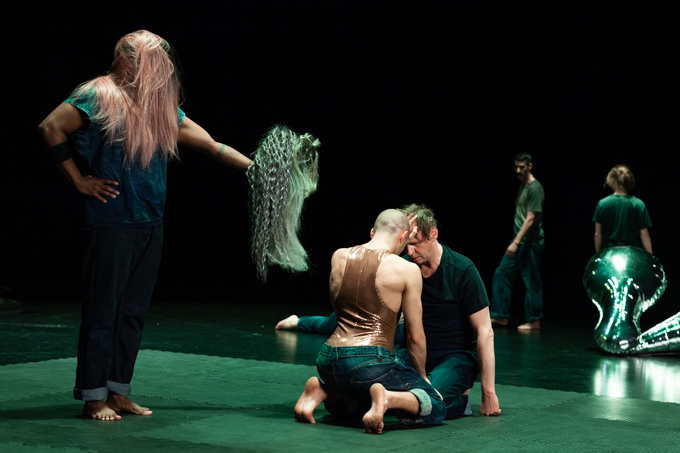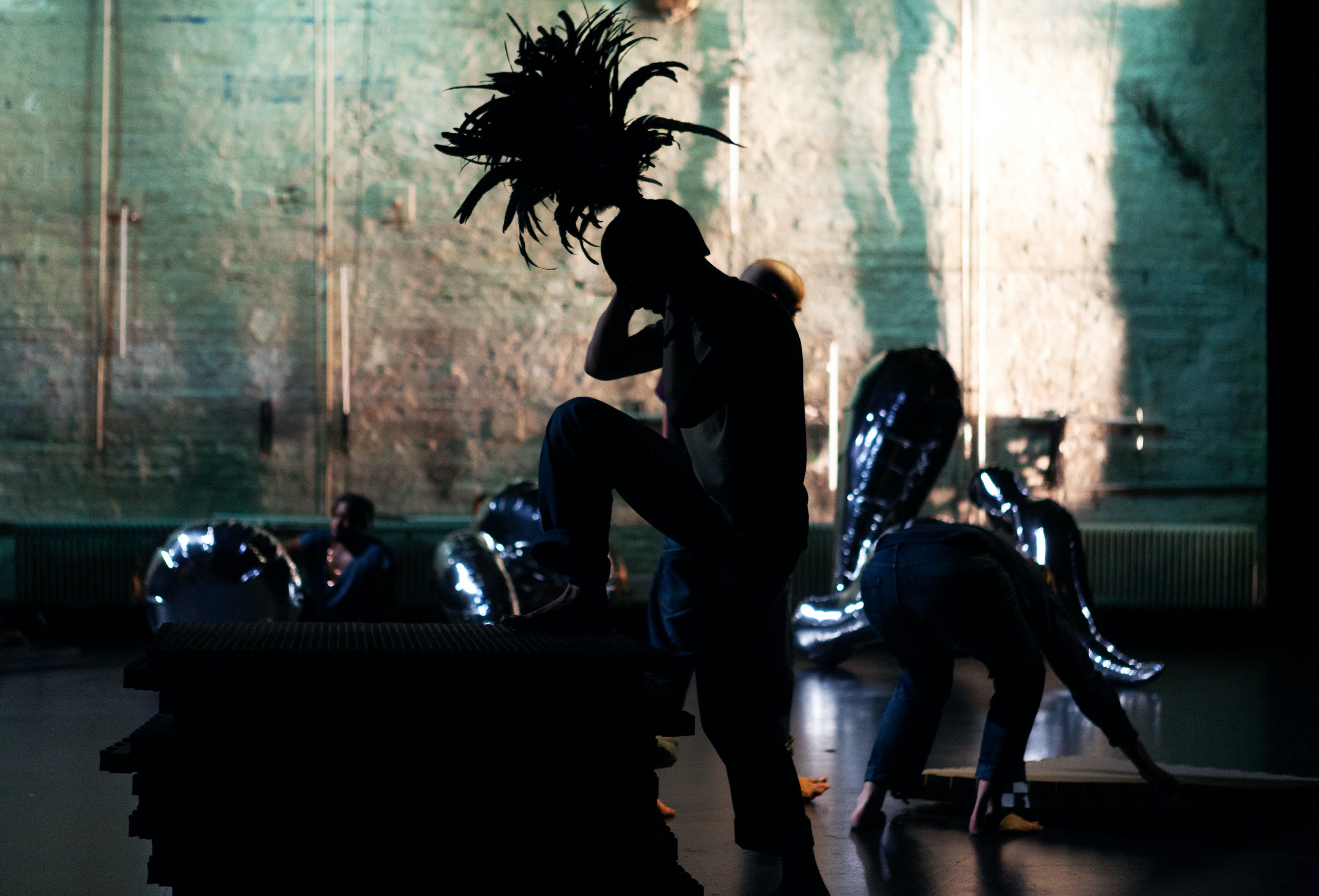Arqueev
A compilation focused on different non-normative personas – historical and non-historical – that we encounter during the research of the different productions.
CATALINA DE ERAUSO
Historical Persona
Catalina de Erauso (in Spanish; or Katalina Erauso in Basque; San Sebastián, Spain, 1585 or 1592— Cuetlaxtla near Orizaba, New Spain, 1650), who went by Alonso Díaz, Antonio de Erauso, and some other masculine names and is also known in Spanish as La Monja Alférez (English, The Ensign Nun), was a one-time nun who subsequently travelled around Spain and Spanish America, mostly under male identities, in the first half of the 17th century.
A poem by Lea Martini. Göksu Kunak aka Gucci Chunk
OCAÑA
Historical Persona
José Pérez Ocaña, better known simply as Ocaña (1947-1983) was a painter and performance artist who developed a certain notoriety for his promenades along Barcelona's Las Ramblas in the 1970s and early 1980s. Ocaña was celebrated for his irreverent cross-dressing performances and camp subversions of Catholic symbols. It was in such ways that Ocaña's memorable walks articulated both a challenge to the social and public construction of gender and an open rejection of the ways in which it works.
More about:
Archivo Ocañí
YouTube: La Macarena de la Ocaña en procesión por Barcelona
YouTube: Ocaña, filosofía de vida
Jean d'Arc. Göksu Kunak aka Gucci Chunk
JEAN D'ARC
Historical Persona
Joan of Arc was a tough cross-dressing teenage warrior who led the medieval French army to victory when she was 17. She is a queer icon, girl-power hero and patron saint of France. Her feast day is May 30.
More about:
Q-Spirit
RAIMUNDA TALKS
Non-Historical Persona
I invited five personas from the fields of queer and postcoloniality to imagine Raimunda: Paula- Irene Villa, Leyla Jagliella, Aslan, Pepetual Mforte Chiangong and Claude Jansen
Who are Raimunda and why are they building a flag? Raimunda stands for everyone who are looking for joyful resistance to repressive mechanisms of power and exclusion. Together with the artist Claudia Hill and the dramaturge Anne Kersting Josep Caballero García invited people during the International Summer Festival Hamburg to take part in contributing to the stage design of "Who's Afraid of Raimunda“ by sewing together a collective, unattributed, no less symbolic flag, which was then displayed on the festival grounds and will be later in the performance. Sewing is usually the term used to describe the joining of fabrics with a seam. The more people lend a hand, the more connections and encounters arise.
A story about Raimunda
Raimunda Talks
GIULIUS CESARE & CLEOPATRA
A Synposis by Black Cracker
ABOUT HISTORICAL NON-NORMATIVE GENDER CONCEPTS
Queering christ’s wounds in the medieval period
medieval accounts of people aroused by images of Christ.
vagina-like images
wounds
were rubbed or kissed.
Vagina-like holy wounds
More about:
History Matters – University of Sheffield
IL CASTRATO
The past is never dead. It's not even past". Nothing is created in a vacuum, and while the cultural constructs of historical eras differ vastly from those of the present, they crucially inform the here and now, being not dead, or even completely past. Of course, a comparison of historical and contemporary attitudes is something of an artificial construct in and of itself; while we might perceive past voices only through a glass, darkly, via diaries, documents, and art, these voices can enter into a dialogue with the present only through mediation by a third party.
While Georg Frideric Handel's opera Giulio Cesare in Egitto or "Julius Caesar in Egypt."
and many other baroque works were written specifically for castrati, the vocal superstars of the baroque era, the cessation of castration as a practice has thankfully forced contemporary opera directors to make a variety of choices when casting roles originally written for castrati. The resulting performances move beyond heteronormativity, and reinforce the characterization as a very queer art form.
More about:
Article about “Il castrato”
MEDIEVAL QUEER POETRY
Though it might surprise many, the Middle Ages are emerging as a kind of queer utopia, a historical period in which institutional state regulation as we know it hardly existed, in which marriage practices were not yet controlled entirely either by state or church and varied widely by class and region.
Particularly in the Iberian peninsula (today Spain and Portugal), Martyred saints, Moors, Jews, viragoes, hermaphrodites, sodomites, kings, queens, and cross-dressers comprise the fascinating mosaic of historical and imaginative figures in many different texts both literary and historical. A sexual diversity that proliferated during the period between the tenth and the sixteenth centuries when political hegemony in the region passed from Muslim to Christian hands.
More about:
Reading Medieval Books
Duke Express – Queer Iberia

